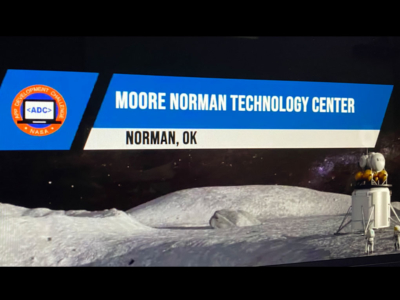 Moore Norman Technology Center‘s programming >amp; software development program was selected to attend a two-day virtual event experience, culminating NASA’s App Development Challenge (ADC).Teams will present their apps to NASA leadership during the event. And participants will have the chance to meet with industry leaders.
Moore Norman Technology Center‘s programming >amp; software development program was selected to attend a two-day virtual event experience, culminating NASA’s App Development Challenge (ADC).Teams will present their apps to NASA leadership during the event. And participants will have the chance to meet with industry leaders.
MNTC team members include seniors from Norman High School (NHS), Norman North High School (NNHS) and Moore High School (MHS):
- Katrina Ashpaugh, NHS
- Travis Bode, NNHS
- Dylan Decoster, MHS
- Julian Lautzenheiser, NNHS
- Lauren Smith, MHS
- Christian Zacher, NNHS
Oklahoma software development students selected by NASA for unique approach to wayfinding.
The NASA review team said MNTC’s app has a unique approach to the wayfinding visualization and in the illumination feature. They also appreciated the extra effort for accessibility for those with color blindness when using color data sets within the app. Additionally, NASA applauded Moore Norman’s work with online coding communities for beta testing and community outreach for app improvements.
Culminating event teams selected include:
- Academies of Loudoun, Leesburg, Virginia
- Bell Creek Academy High School, Riverview, Florida
- Bishop O’Connell High School, Arlington, Virginia
- Falcon Cove Middle School, Weston, Florida
- McNeil High School, Austin, Texas
- Middlesex County Academy, Edison, New Jersey
- Moon Millers: Millburn High School, Millburn, New Jersey
- Moore Norman Technology Center, Norman, Oklahoma
- Team Equinox: Gilman School, Baltimore, Maryland
- Whitney High School, Cerritos, California
What is the App Development Challenge?
NASA presents technical problems to middle and high school students, seeking contributions for future exploration missions. According to NASA STEM, “Students take part in the Artemis Generation endeavors to land American astronauts, including the first woman and the next man, on the Moon by 2024.
NASA Technical Advisor Dr. Bryan Welch said, “The capabilities and the apps varied across the teams. Every team brought a unique aspect to their app that we found to be creative, intuitive and useful. Myself, and several of my reviewers found it inspiring.
ADC engages students in CTE through real-world application.
For this particular ADC, students worked to develop an app that visualizes the South Pole region of the moon. It was developed in collaboration with NASA’s Space Communications and Navigation (NASA SCAM) team.
NASA Education Specialist Jamie Semple said, “The SCAM team needed an app that will visualize the moon’s surface for future mission planning and training activities and must also contain a path for exploration and identify communication checkpoint links.”
Students from across the U.S. began work on their apps on Sept. 30 and submitted solution videos online by Nov. 18. And NASA may use one of their apps in the future.
MNTC Programming >amp; Software Development Instructor Rachel Hurt said, “I am always in awe of what my students achieve when they pull together and work to succeed. As our group finished their interview with NASA’s leadership team, I knew that our work helping them sharpen their programming and soft skills was paying off.
“These high school seniors took the knowledge of programming they’ve learned and used it in a real-life scenario. I am extremely proud of these students, and I am extremely proud to be part of an organization that does so much to promote student success.”
“Our team felt honored and proud to be selected as one of the finalists for the NASA ADC,” said Lauren Smith, app team spokesperson. “The obstacles we faced being virtual this year granted us some unique opportunities to hone our skills in self-discipline, team communication and working in a virtual environment.”
Learn more about the NASA App Development Challenge.
-30-
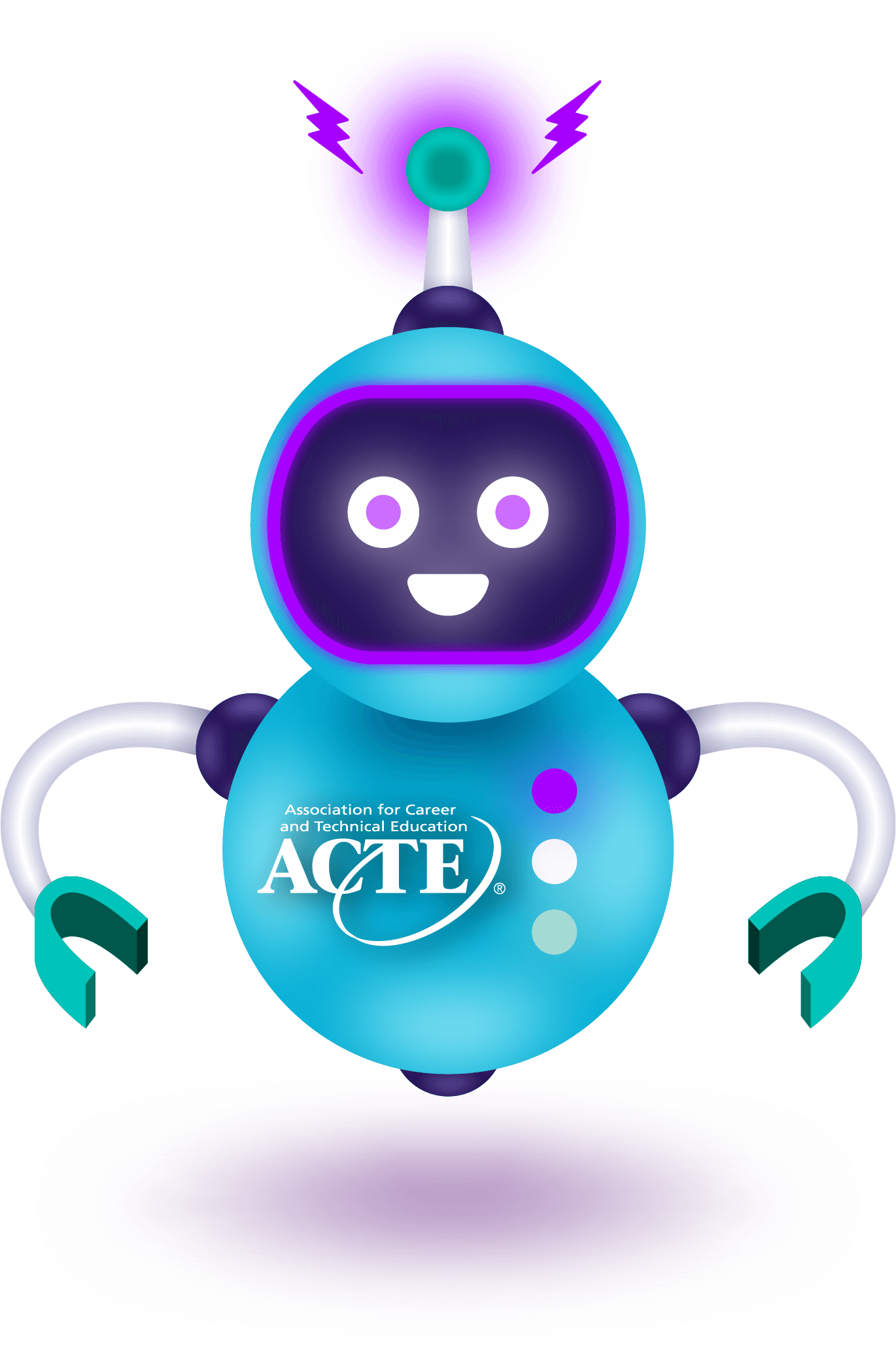
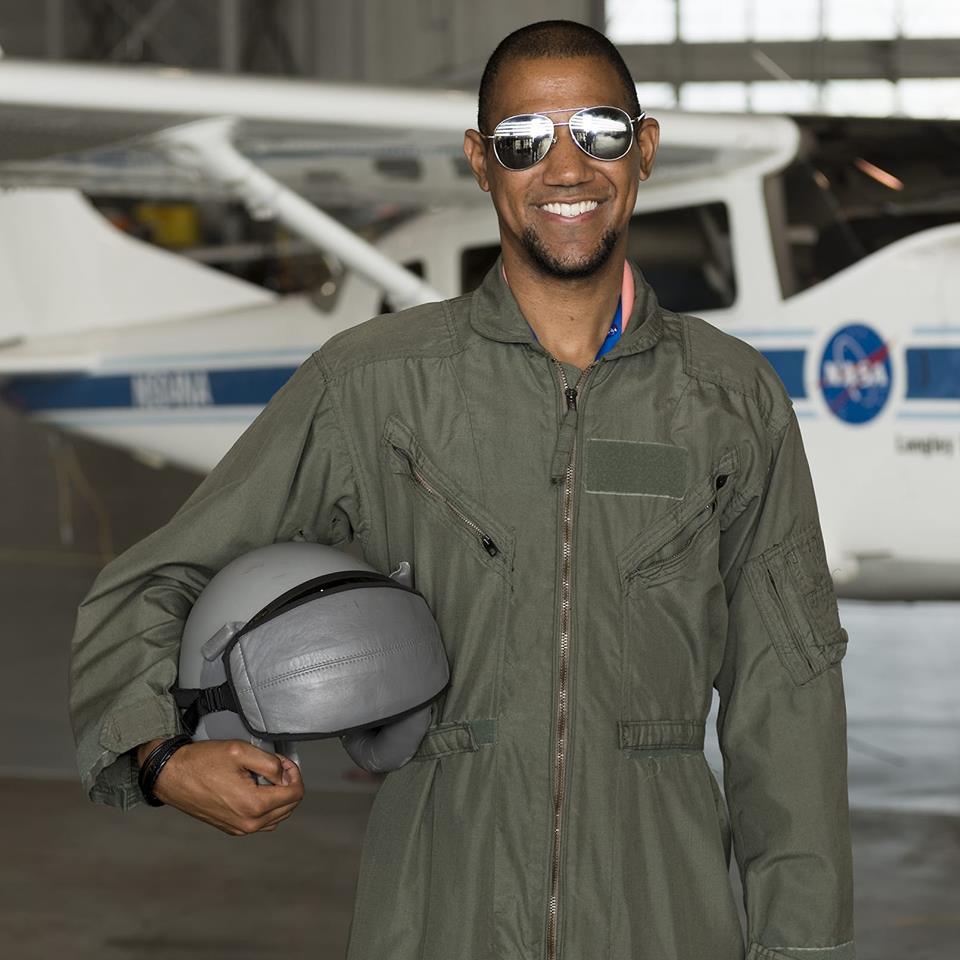
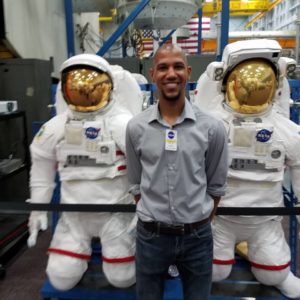 now, I’m working on my master’s degree in robotics and intelligent systems, designing flexible robots that can grab satellites in outer space. In summer 2018 I interned at NASA Langley in Hampton, Virginia. As part of a joint project with Uber, our team built virtual reality simulators for a flying taxi service that Uber plans to offer in the 2030s. I worked primarily as a project manager, but I also helped wire and program the simulator. In addition, our team got to see a lot of the facilities and equipment that helped humans reach the moon during the space race.
now, I’m working on my master’s degree in robotics and intelligent systems, designing flexible robots that can grab satellites in outer space. In summer 2018 I interned at NASA Langley in Hampton, Virginia. As part of a joint project with Uber, our team built virtual reality simulators for a flying taxi service that Uber plans to offer in the 2030s. I worked primarily as a project manager, but I also helped wire and program the simulator. In addition, our team got to see a lot of the facilities and equipment that helped humans reach the moon during the space race.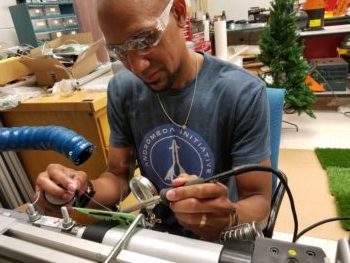 I got the fellowship and spent that summer working in a lab at school on my satellite capture robot. The next year, I applied for multiple internships at NASA and was contacted (and selected!) by the coordinator for the Aeronautics Academy at Langley.
I got the fellowship and spent that summer working in a lab at school on my satellite capture robot. The next year, I applied for multiple internships at NASA and was contacted (and selected!) by the coordinator for the Aeronautics Academy at Langley.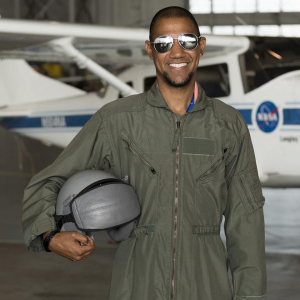 as smart and socially awkward white males, like Sheldon from “The Big Bang Theory.” It’s hard for individuals who don’t identify with those traits to see themselves in STEM careers. If teachers want to inspire more students to pursue science and engineering, I think it’s crucial that they share more stories in the classroom about the diverse people that make up the STEM fields.
as smart and socially awkward white males, like Sheldon from “The Big Bang Theory.” It’s hard for individuals who don’t identify with those traits to see themselves in STEM careers. If teachers want to inspire more students to pursue science and engineering, I think it’s crucial that they share more stories in the classroom about the diverse people that make up the STEM fields.




